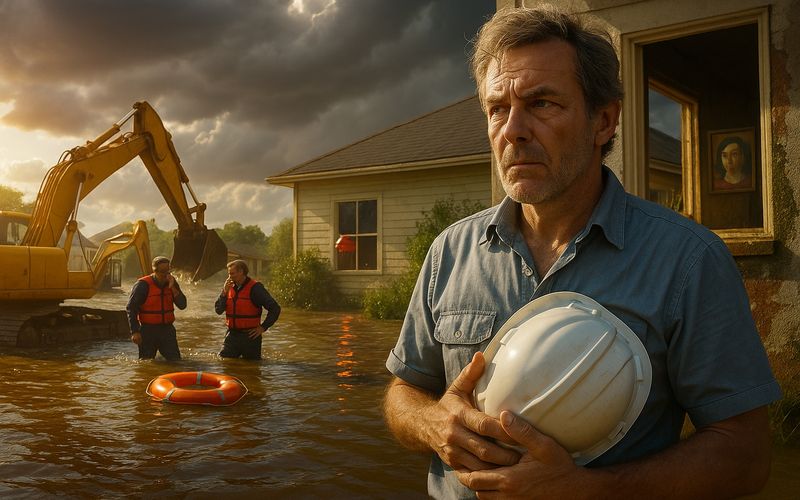While fierce debate continues over who bears responsibility for the inadequate response to last week’s Central Texas flood that left at least 120 dead, one engineer says the culprit is unmistakable.
“This wasn’t a failure of science,” wrote Costas Synolakis, a professor of engineering at the University of Southern California, in an op-ed in the Wall Street Journal on Thursday.
“As with the 2023 fires in Lahaina, Hawaii, where 102 died and there was no warning, this was failure of local leaders to summon the political will to prepare. Preventing future disasters like this one requires not prophecy but preparation.”
Debate over who, or what, carries blame for the flood’s rising death toll has varied from blaming President Donald Trump’s budget cuts to the Federal Emergency Management Agency, or FEMA, and the National Oceanic and Atmospheric Administration, while others have blamed staffing shortages at the National Weather Service.
Synolakis argues neither was the culprit, but rather, local officials had failed in their duty to properly prepare, particularly in a region known as “flash flood alley.”
“The blame falls not on either national party but on state and local officials; local leaders debated installing siren systems for decades but never built them because of costs and noise concerns,” he wrote.
“A few local officials have said they were cautious about issuing evacuation warnings because too many false alarms make the alerts less effective over time. But this excuse is lame in a region called flash flood alley.”
Synolakis also goes on to recount how federal entities had given ample warning for local officials to react in time, with the National Weather Service issuing flood watches the day before, escalating to a flash-flood emergency alert early Friday morning, hours ahead of the flood.
“Alarm fatigue may be a risk, but this was false complacency; political leaders may claim they had little warning, but the real failure was in refusing to invest when science said they should,” he wrote.
“Since they hadn’t upgraded their technology, leaders should have been extra vigilant and overwarned residents, particularly in locales with children’s summer camps and limited evacuation options.”












